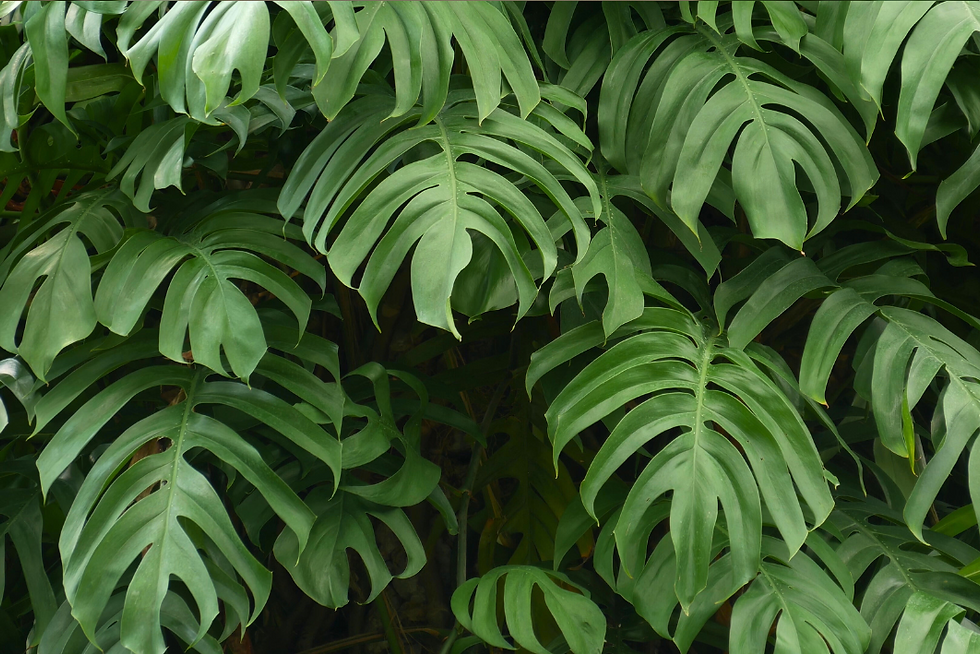Alocasia Dragon Scale: The Exotic Gem for Serious Houseplant Lovers
- Iva Indo Tropical Plant
- Aug 28
- 4 min read

If you're looking to level up your houseplant collection with something truly breathtaking, meet the Alocasia ‘Dragon Scale’. With its dramatic, highly textured foliage that looks like it belongs to a mythical creature.
Native to the humid rainforests of Borneo, the Alocasia Dragon Scale is a rare gem prized for its silvery, almost metallic leaves with deep green veins. Though compact in size, it offers big visual impact, making it a favorite among collectors and plant enthusiasts. But be warned that this is not your average low-maintenance plant. While not as temperamental as some of its relatives, the Dragon Scale still expects a bit of attention and a proper tropical setup.
Here’s everything you need to know to care for this stunning species and help it thrive indoors.
Plant Profile
Feature | Details |
Common Name | |
Botanical Name | Alocasia baginda ‘Dragon Scale’ |
Plant Type | Tropical perennial |
Mature Size | 2–3 ft tall, 1–2 ft wide |
Light Needs | Bright, indirect light |
Soil Needs | Chunky, well-draining mix |
Toxicity | Toxic to pets and humans |
Hardiness Zones | 10b–11 (outdoor) |
Why the Hype? Alocasia Dragon Scale

Alocasia Dragon Scale gets its name from the unique look of its leaves; thick, waxy, deeply ridged, and patterned in a way that resembles reptilian scales. The top of each leaf is a dark silvery green, while the underside features rich reddish-purple tones. When properly cared for, it’s a truly captivating plant that looks almost unreal.
Light Requirements
Much like its natural rainforest habitat, prefers bright but filtered light. Place it near a window with sheer curtains or in a room with plenty of ambient light. Direct sunlight can scorch the leaves, while too little light may stunt growth and dull its vibrant appearance.
Rotate the plant regularly to ensure even growth and to keep it from leaning toward the light source.
Soil and Water
Well-draining soil is a must. A mix of coco coir, perlite, and orchid bark is ideal, as it mimics the loose, airy conditions of a tropical forest floor. Avoid dense, moisture-retaining potting mixes which can lead to root rot.
Water only when the top 1–2 inches of soil feel dry. This plant prefers consistently moist but not soggy soil. If you’re using a chunky mix, bottom watering can help ensure thorough hydration without overdoing it.
Temperature and Humidity
Alocasia Dragon Scale thrives in warm and humid conditions, ideally 60% humidity or higher. Regular household humidity can work, but for optimal results, consider placing a humidifier nearby or grouping it with other humidity-loving plants.
It does best in temperatures between 55°F and 80°F, and should be kept away from cold drafts or AC vents. Prolonged exposure to temperatures below 55°F can trigger dormancy.
Feeding and Fertilization
These plants are heavy feeders. Feed your Alocasia every 2–4 weeks during the growing season (spring and summer) with a balanced liquid fertilizer diluted to half strength. Adding calcium-rich amendments like bone meal or calcium carbonate can also help mimic its native limestone environment and support stronger growth.
Pruning and Maintenance
Very little pruning is needed. Just remove any dead or yellowing leaves as needed. Use clean, sharp scissors or shears to avoid introducing disease.
Also, make a habit of gently wiping the leaves with a damp cloth to remove dust and help the plant breathe and photosynthesize efficiently.
Propagation
Alocasia Dragon Scale can be propagated in two main ways:
1. By Division
Best done when repotting a mature plant that has produced offsets or “pups.” Carefully separate the pup from the main plant and repot in a fresh mix.
2. By Corms
Locate the small corms (underground bulbs) near the roots. Clean and plant them in moist sphagnum moss, cover loosely, and keep warm and humid until new growth appears. Once rooted, move the new plant to a regular potting mix.
Repotting
Repot every 2 to 3 years or when roots begin to outgrow the pot. Alocasia doesn’t mind being a little rootbound but benefits from fresh soil and more space once it starts to look cramped. Spring to early summer is the best time to repot.
Pests and Common Problems
Like most tropical plants, Alocasia Dragon Scale can attract pests like:
Spider mites
Fungus gnats
Thrips
Scale
Routine inspection and quick action can keep pests at bay. Overwatering is the most common cause of trouble, especially root rot. Always check that your pot has good drainage.
Common issues to watch out for:
Yellow Leaves: Often caused by overwatering or poor drainage.
Curling Leaves: Usually a sign of low humidity or underwatering.
Dropping Leaves: Could be related to low light, cold temperatures, or dormancy.
Is Alocasia Dragon Scale Right for You?
If you're a plant lover ready for something a little more advanced and a lot more dramatic, the Alocasia Dragon Scale might just be your next obsession. It’s not the easiest plant to care for, but with a bit of attention to humidity, light, and watering, it will reward you with foliage that looks like it's straight out of a fantasy novel.
So what are you waiting for? grab your Alocasia 'Dragon Scale' now!



Comments